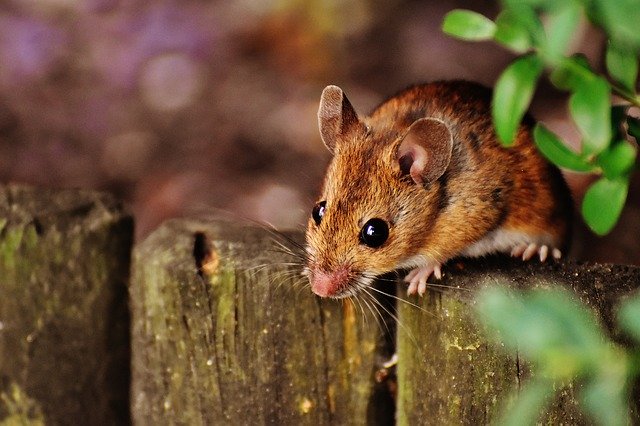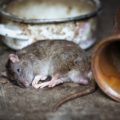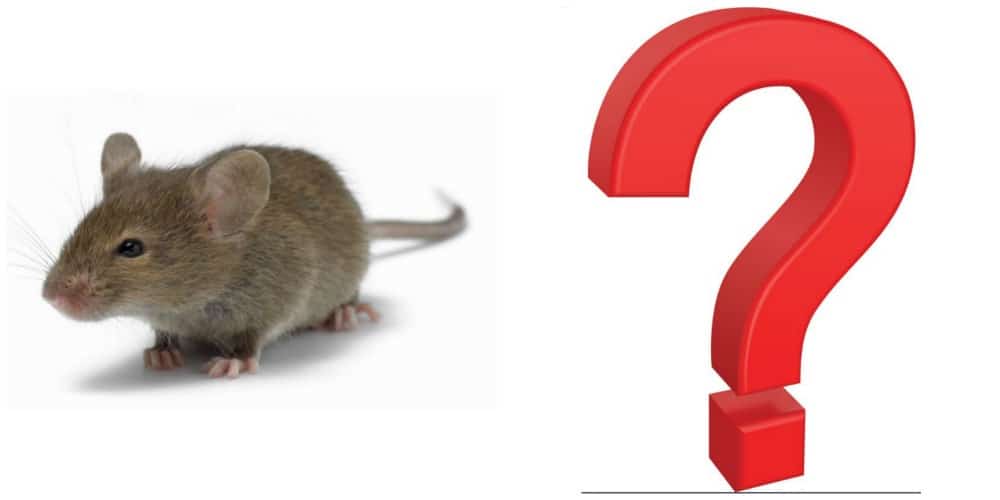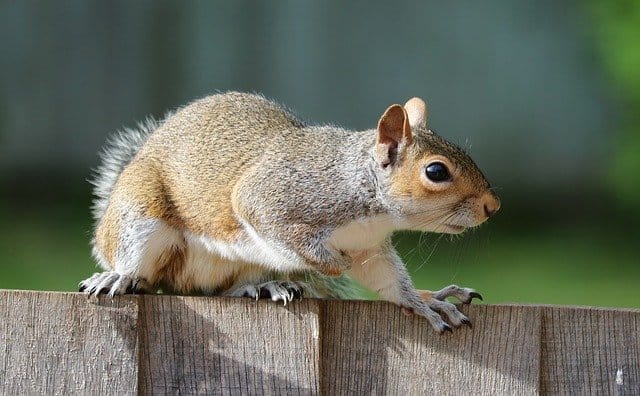Table of Contents
Two of the most common species of mice in the United States are the House Mouse (Mus musculus) and the Deer Mouse (Peromyscus maniculatus). While these two creatures are similar in size, there are many large differences between them.
Let’s take a look at the House Mice vs. Deer Mice differences so you can tell these rodents apart.
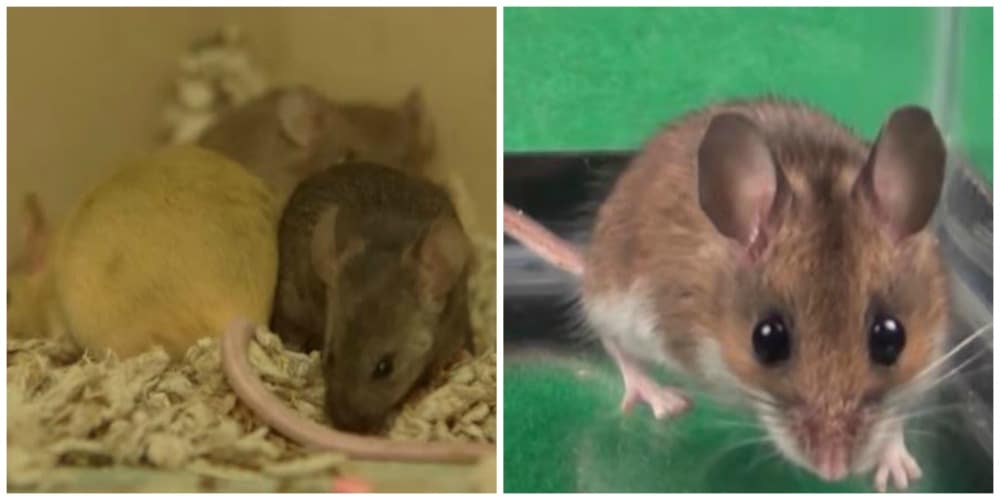
Differences In Appearance
At first glance, the House Mouse and the Deer Mouse might look similar, but within a few seconds of comparing them side-by-side, we see that there are some notable physical characteristics of each that are quite different.
The House Mouse has fur that can vary in color from brown to almost blonde color, and their undersides are normally a creamy white color.
The House Mice also has a thicker girth when compared with the Deer Mice. Sizewise, the House Mouse can be said to be slightly larger in its overall appearance than the deer mouse, in a comparison of adults.
Deer mice have a squatty, compact body that is almost spherical in its appearance. They also have very large ears and unmistakably massive eyes that are pitch black through and through.
In this video, you can see how the House Mouse looks a lot like the prototypical mouse, with a long body, an extended nose, and small, beady eyes.
Conversely, in this video, the Deer Mouse presents as much more compact and ‘bushier’ than the house mouse.
Both mice have longish tails that are hairless, and whisker length on the Deer Mouse is slightly longer than those found on the House Mouse.
Other Differences
The movement of these two species of mice is also quite different. While they are both expert climbers, swimmers, and jumpers, House Mice prefer to scuttle and dart, whereas Deer Mice are prone to hopping or ‘bouncing’ to get from point A to point B.
Both the House Mouse and the Deer Mouse are very small rodents, and they don’t vary much when it comes to their weight. An adult House Mouse is likely to weigh in at around .68 ounces, whereas an adult Deer Mouse will be around .72 ounces.
The average length for the House Mouse is between 65 and 95 millimeters long, from the nose to the tip of the tail.
Conversely, the Deer Mouse averages about 96 millimeters, making its overall length only slightly longer than that of the House Mouse.
Differences In Habitat
Deer mice tend to live outside, whereas House mice almost always live in or near human buildings.
The main reason for this is because the House Mouse has evolved to rely on humans for shelter and a food source—they’re known for eating everything from soap to glue!
The Deer Mouse, on the other hand, is more at home in the desert, grasslands, or alpine habitats.
Because it’s diet is more relegated to plant-based foods like nuts, berries, flowers, and seeds, the Deer Mouse is much more at home in an outdoor environment.
This doesn’t mean that you won’t ever find a Deer Mouse in a human building or that you won’t find a House Mouse out-and-about outdoors. After all, both species are omnivorous and are known for being quite creative when it comes to locating a source of food or shelter.
Differences In Diseases
The Deer Mouse is a known carrier of Hantavirus, a family of diseases propagated almost entirely by rodents.
If left untreated, Hantavirus can quickly develop into Hantavirus Pulmonary Syndrome (HPS) and, in severe cases, Hemorrhagic Fever with Renal Syndrome (HFRS). Both of these conditions can become fairly severe.
Alternatively, the House Mouse isn’t as threatening. House mice can carry some diseases, but most of them are not actively communicable and they’re not worth significant concern.
Even still, a House Mouse infestation is by its very nature an unsanitary condition, as the mouse droppings and other waste can create a fetid and unclean environment.
Differences In Lifespan
Deer mice can grow to be quite old—more than eight years, to be exact. House mice don’t normally live past two years.
This is important because both species of mice are prolific breeders, mating and producing babies throughout the year.
So, a single Deer Mouse couple could produce hundreds of offspring throughout their lives, whereas a House Mouse pair might only be able to produce a few dozen.
While both species are used for medical research, the longer lifespan of deer mice makes them more useful for some medical studies.
Ecological Significance
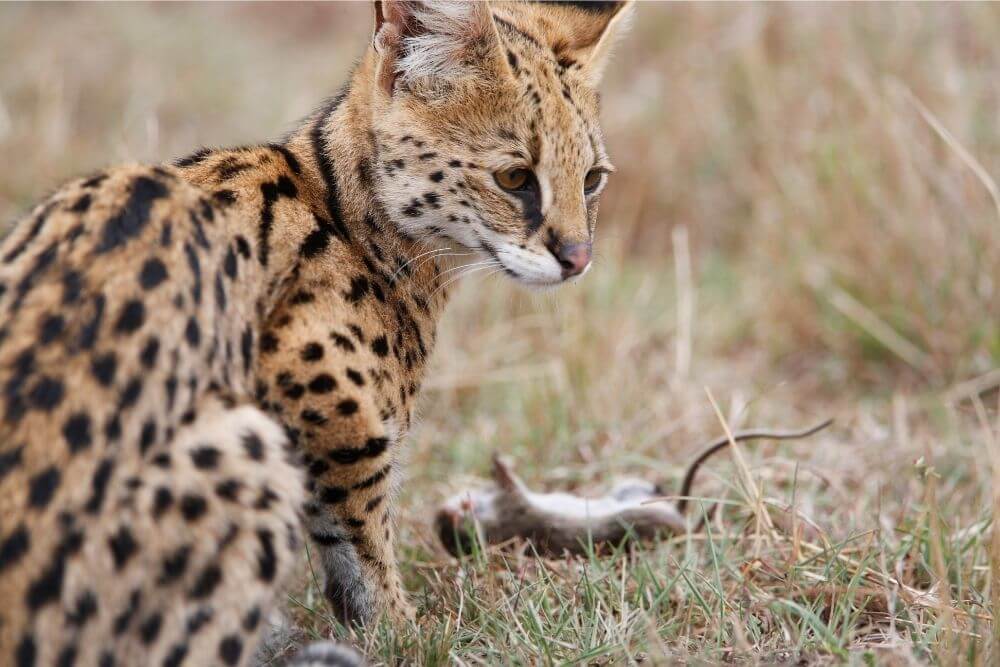
Both the Deer Mouse and the House Mouse have an important role to play in the overall ecological system in which they live.
Deer mice in particular are an established food source for other carnivores. Also, Deer mice consume many insects that are considered pests by humans (cockroaches, beetles, etc.).
Because the House Mouse doesn’t normally venture outside unless it has to, it isn’t generally considered an important food source for other animals. However, parasitic insects like ticks and fleas will often feed on House Mouse blood.
Conclusion
Identifying the type of mouse you’re confronted with is a key part of knowing how to control a given mouse population.
While both Deer mice and House mice have similar appearances, they do exhibit slight differences in their behavior, nesting practices, and habitat preferences.
Remember that Deer mice prefer the outdoors and have much larger eyes and ears than House Mouse. Deer mice are also more spherical in shape and move in shorter, more stunted steps or hops.
With enough practice, you should be able to distinguish deer mice vs house mice in very little time.

